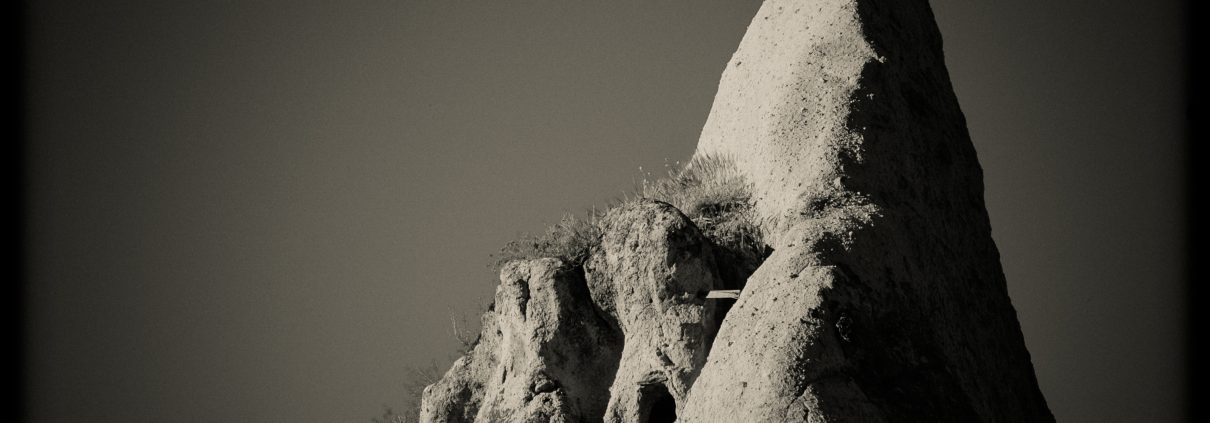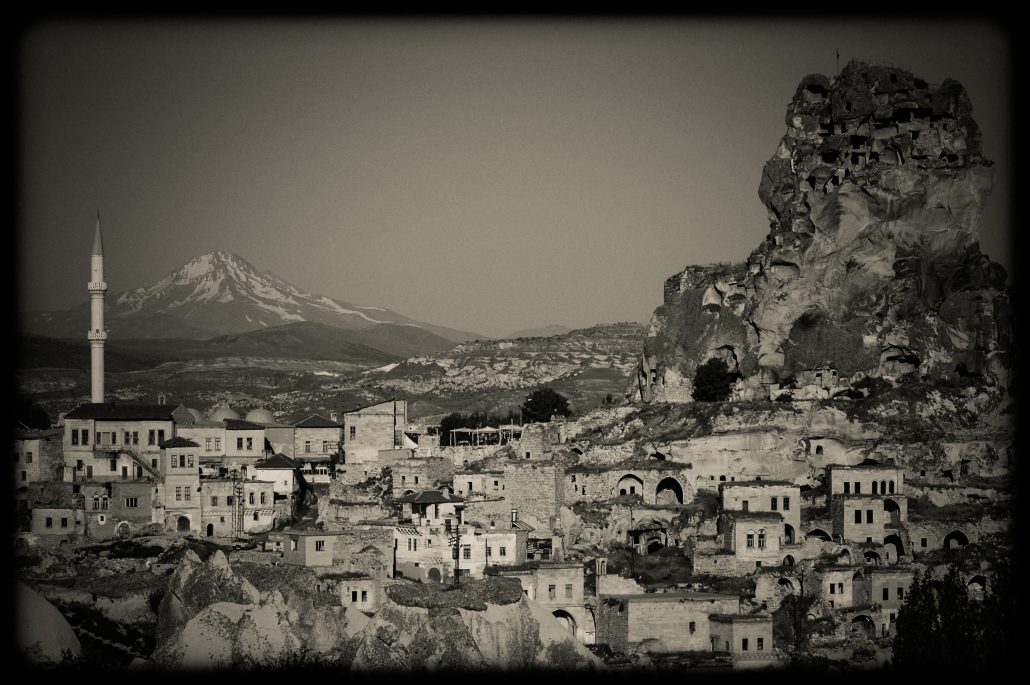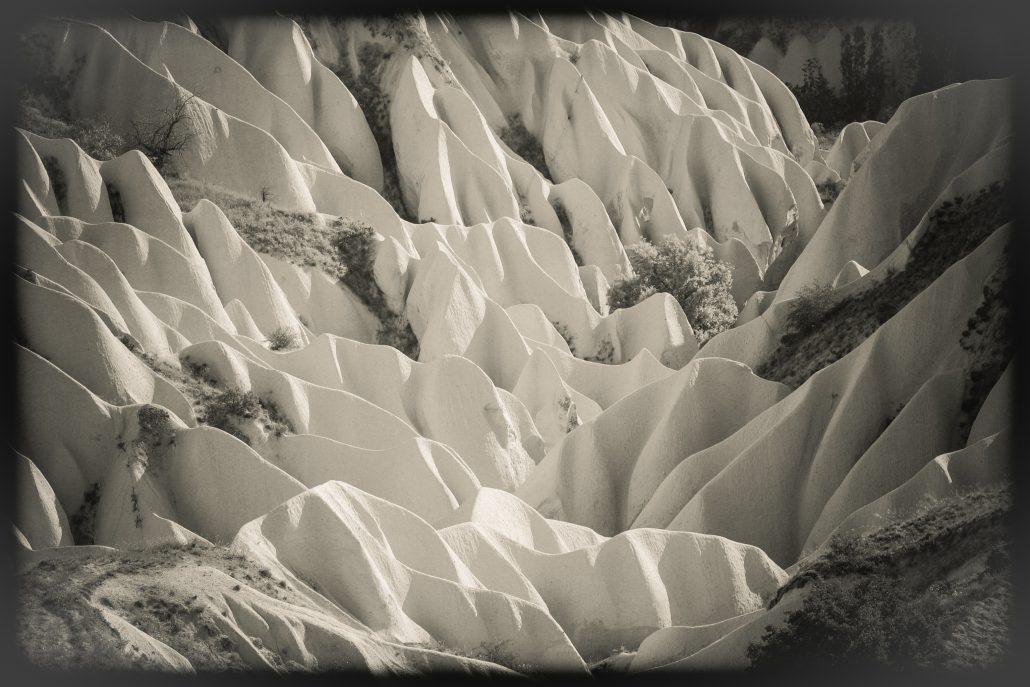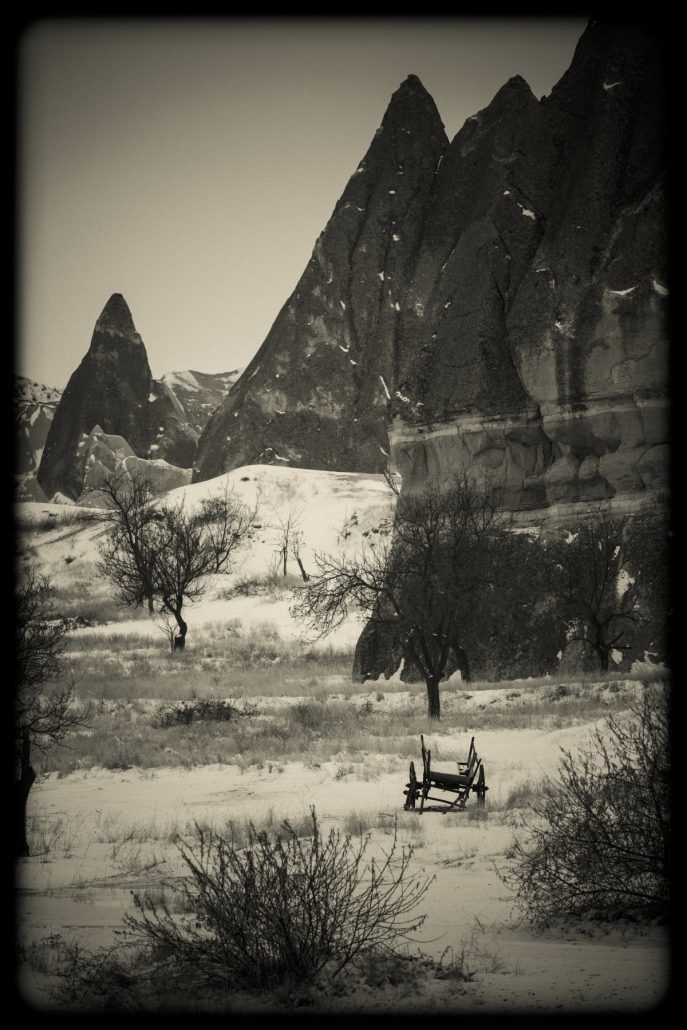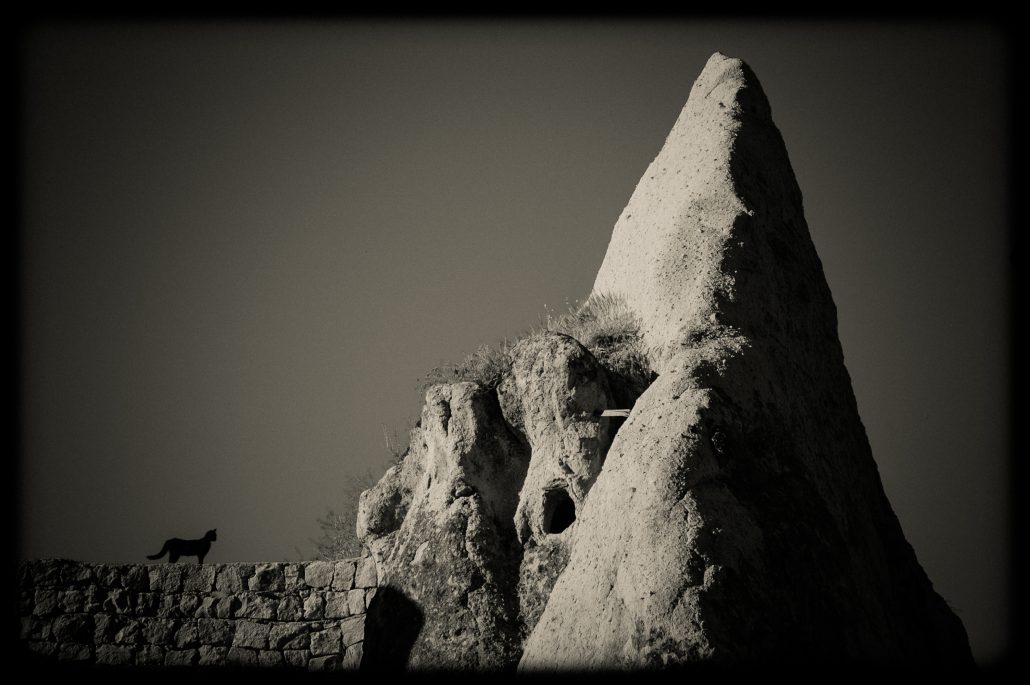Cappadocia; an Exhibition in Paris
I owe Cappadocia a debt. A great debt that I have been trying to pay, but will never be able to. It is perhaps a debt of unrequited love. I had first visited this region by chance as a guide and a high school student, and have returned hundreds of times since. Who knows how many more times I will go there. Cappadocia has become an indispensable passion for me and I have bonded with it more and more each time.
Cappadocia is a magical place that has inspired painters, sculptors, authors, and caricaturists. Semih Balcıoğlu, the great caricaturist, and Hadosan Halıcılık, who sponsored the Cappadocia caricature festival for years, come to mind. Koray Göksel and many other authors allude to Cappadocia in literature. Nobel laureate poet Yorgo Seferis for instance, tries to visit all the churches in the region after the writings of a priest named Jerphanion. Samih Rifat, in return, follows Seferis’ traces with a camera in hand. I, on the other hand, am after the aura of Cappadocia.
There are lots of photography books that depict the incredible structure of Cappadocia. Kamil Fırat, Ahmet Ertuğ, and Şemsi Güner’s books are examples of prominent art books on the subject. It may be said that everyone takes photographs in such a mystical environment. It is not by chance that one of the top ten most beautiful photographs of 2013 was taken from a hot air balloon in Cappadocia.
One may ask, “Why publish another book?” You may think of it as a small gift to the unrequited lover. I wanted to present the gift, however small, of documentation through my perspective to this region that I am so passionate about. I chose 119 frames out of the thousands that I took of the area over the last 15 years; scenes that were etched in my memory during my school years as landscapes resembling the face of the moon. Consider this book a bouquet of flowers presented to my beloved.
One of Cappadocia’s leading institutions in cultural activities and carpet weaving, Hadosan, as well as Me-Di ENT Center and Mr. Mahmut Kavran, contributed to the preparation of this gift. I would like to offer them my gratitude. I would also like to thank my friend and photographer, Fethi İzan, who, much like an orchestra conductor, managed every detail during the printing phase of the book; Mehmet Ali Türkmen, owner of the book’s designer MAT Design; Alparslan Baloğlu, partner at A4 Ofset; and Orhan Alptürk, who wrote the foreword.
I hope that readers will travel the region through my eyes with this book, and that they will keep the book in a corner of their library. I wish you a life where you look at many beautiful things with joy, not just photographs.
Mehmet Ömür
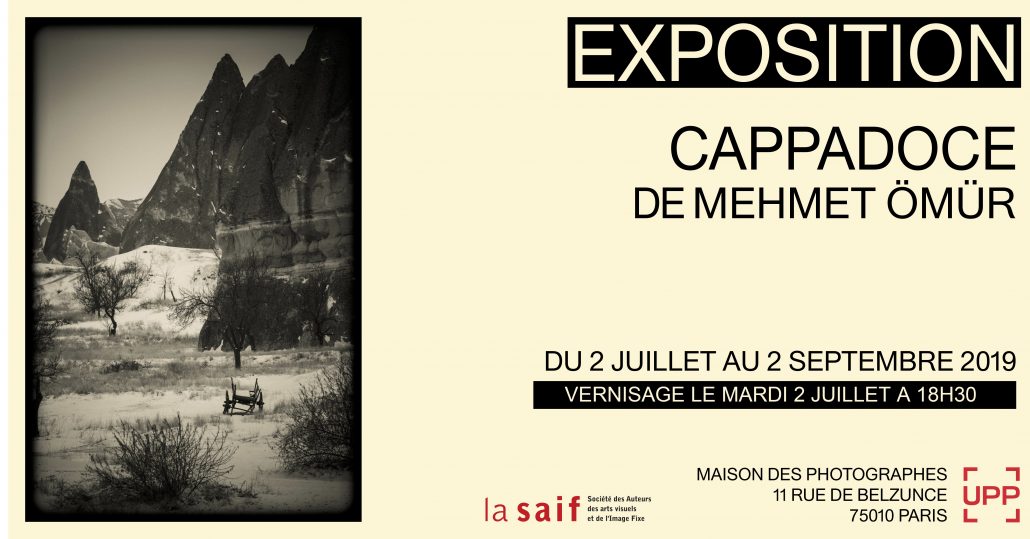
Mehmet Ömür’s Cappadocia
One of the hardest things for a photographer to do is to continue his or her project over a long period of time and still maintain its continuity. The project may sometimes span for years, like in Mehmet Ömür’s case.
When selecting his subject, Mehmet Ömür faced a secondary challenge by choosing the Cappadocia region, one of Turkey’s, and indeed the world’s, greatest cultural heritage spots as the subject of his photographs. As he has said himself, his love and passion for the region, as well as a debt of gratitude carried over from his youth, resulted in this selection. I would advise photography enthusiasts who view his work to look at it with their emotions, not just with their intellect.
Cappadocia is as challenging for lovers of photography as it is interesting. The multi-layered historical, religious, and cultural make-up of the region creates a setting for natural views, and thus has been and continues to be used by countless photographers for everything from art photography to advertising. This overproduction and consumption is one of the most important challenges that the photographer faces when working on a new project. The photographer must be very attentive and careful to ensure original creativity. It is clear to see that Ömür approaches his Cappadocia project with these challenges in mind.
Above all, he has steadily continued to make photographic images that show the long-lasting love he feels for the region. In my opinion, his photographs have only deepened his emotions, perception, love, and passion. All these years, he has pursued the same thing in his images: aura. Ömür’s aura creates the unique visual language of photographic images that allude to an almost surreal world. A world where its mysterious, mystical, and multi-layered past intertwines with the moment the image is captured. It is obvious from the start that he does not consider his photographs to form a visual record of Cappadocia. Instead, he has engaged in an effort to create a unique visual language through the medium of photography.
Ömür’s mastery of light is revealed to be the essential element of this visual language.
Light is the main element of the unique inflection of his visual phrases. It can be inferred that he captures his photographs by selecting from the endless exposure time options the moment he discovers the Cappadocia that he himself would like to create. These moments are not meant to immortalize a specific instance or to record a documentation of the environment. The photographer instead succeeds in claiming a space from the material world of Cappadocia as his own photographic space. Natural light has been Ömür’s most significant ally in accomplishing this feat. The lighting he chooses always serves his subjective space and the photographic reality of the unconscious, and is sourced from the existence of this mysterious world.
The light brings out layers according to his desire. Of course, selecting black and white, or rather copper sepia, instead of color for his photographs has assisted him greatly in telling his visual stories. Had he chosen color photographs, the photographic records from different seasons, spread out over many years, would have prohibited the emergence of a coherent visual language that is unique to Ömür’s project.
Limited compositions and an infinite depth of space make it pleasurable to turn the pages of this visual text.
One of the essential building blocks in Ömür’s project is the intertwining of life and death in this world, which has become his object. Every once in a while, you can see a cat following the traces of the past, or feel the continuity of life in the image of a horse carriage on a mud road. Pigeons and their freedom, remind you of love and all its many forms. Touristic hot air balloons take you from centuries past to the present.
As stated before, these images of living subjects do not serve as the narrative of a documentary record, but are used to create the visual language that Ömür has molded from the content.
What I can say in conclusion is that you hold between your hands a world of visualization that you will always enjoy looking through.
Orhan Alptürk, Orak 2014 – Izmir

